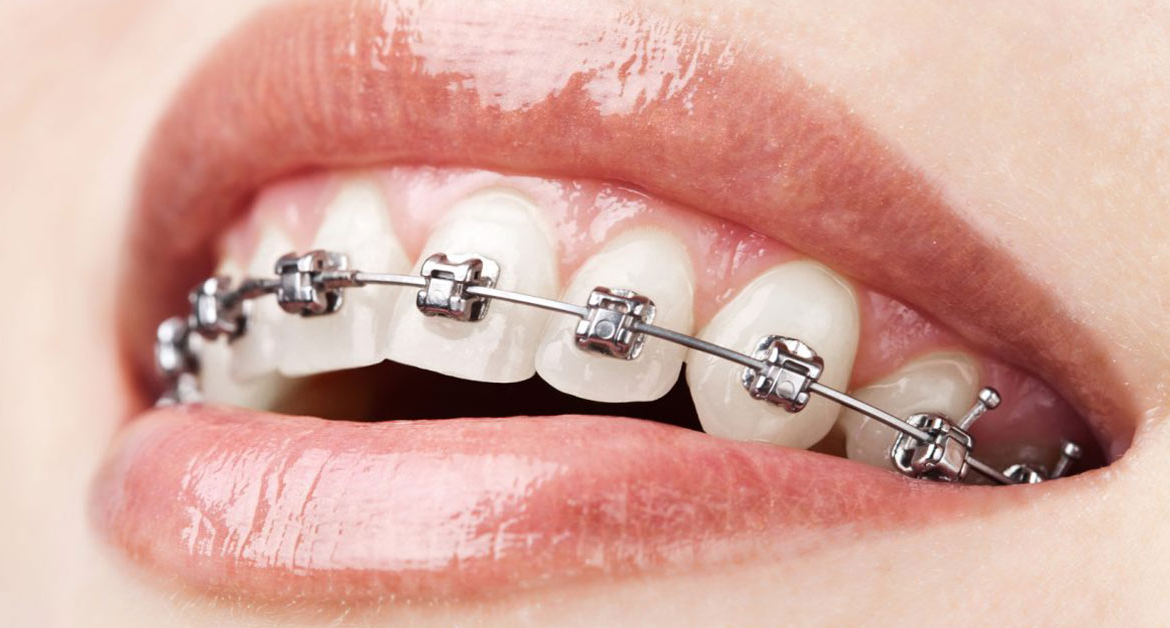The treatment of braces is one of the treatments used by many years, especially childhood and adolescence. The braces in the elimination of irregularities in the tooth and jaw joint leads to healing in both health and cosmetic terms. Particularly preferred treatment in problems such as dental distortion and discrete teeth offers permanent results to our patients.
In which situations can the treatment treatment be treated?
The treatment of braces is an orthodontic treatment used to correct the position, perplexity and jaw relationship of the teeth. The treatment of braces can usually be applied in the following cases:
Planning: In the case of crossness of the teeth, it is aimed to bring the teeth into the correct position by the treatment of braces.
Open closing or crispness: In the case of open closing or crisp caused by incompatibility between the up and down jaws, braces can be used in cases of crisp.
Jene disorders: Jaw disorders, especially to correct the relationship between the upper and lower jaws, the treatment of braces may be needed.
Diasema (Empty): Braces can also be used to close the emptying between the other known as diasema.
Aesthetic Corrections: In some cases, the person may prefer other wires for aesthetic reasons; For example, it can be used when there is irregularity in the smile line or an unwanted appearance.
Considering other orthodontic problems, it can be included in a personalized planned treatment program.
How to treat braces treatment?
The treatment of braces is usually a process that includes the following steps:
- Examination and diagnosis: First, it is examined by an orthodontist and the condition of the teeth is examined. By taking the necessary x -rays, the position, perplexity of the teeth and the jaw relationship are evaluated.
- Creating a treatment plan: Your Orthodontist will create a special treatment plan for you based on examination results. The duration of treatment, the type of apparatus to be used and other details are determined at this stage.
- Apparatus selection: The braces may be made of different materials and the degree of affecting the appearance may vary. For this reason, your orthodontist will choose the appropriate apparatus for you.
- Apparel installation: The process of attaching the female wires is usually painless, but in some cases a slight discomfort may be felt. After the wires are installed, checks are made regularly and wire adjustments are made if necessary.
- Regular Controls: Orthodontist visits will be required at regular intervals after the braces are installed; In these controls, the condition of the wires is checked and adjustments are made if necessary.
- Termination of Treatment: When the treatment process is completed, the wires are removed and fixing apparatus (retainer) is inserted; Thanks to the fixing apparatus, the teeth remain in place as they continue to get used to it.
Who is the treatment of braces?
Although the treatment of braces is usually a treatment method applied during childhood and puberty, it also gives successful results in adults. Braces treatment can be applied for the following situations:
1.Tooth crossness: In case of perplex or squeak, the teeth can be corrected with braces.
2.Jaw relationship problems: In cases such as speech difficulties or digestive problems arising from the incompatibility between the upper and lower jaws, braces treatment may be required.
3.Corrected swallowing and speaking problems: In cases such as bad swallowing habits, speech problems, correction can be achieved using braces.
4.For aesthetic purposes: Even if there are no other health problems, braces treatment may be preferred for aesthetic reasons.
In general, the treatment of braces requires a personalized planning according to the need.

